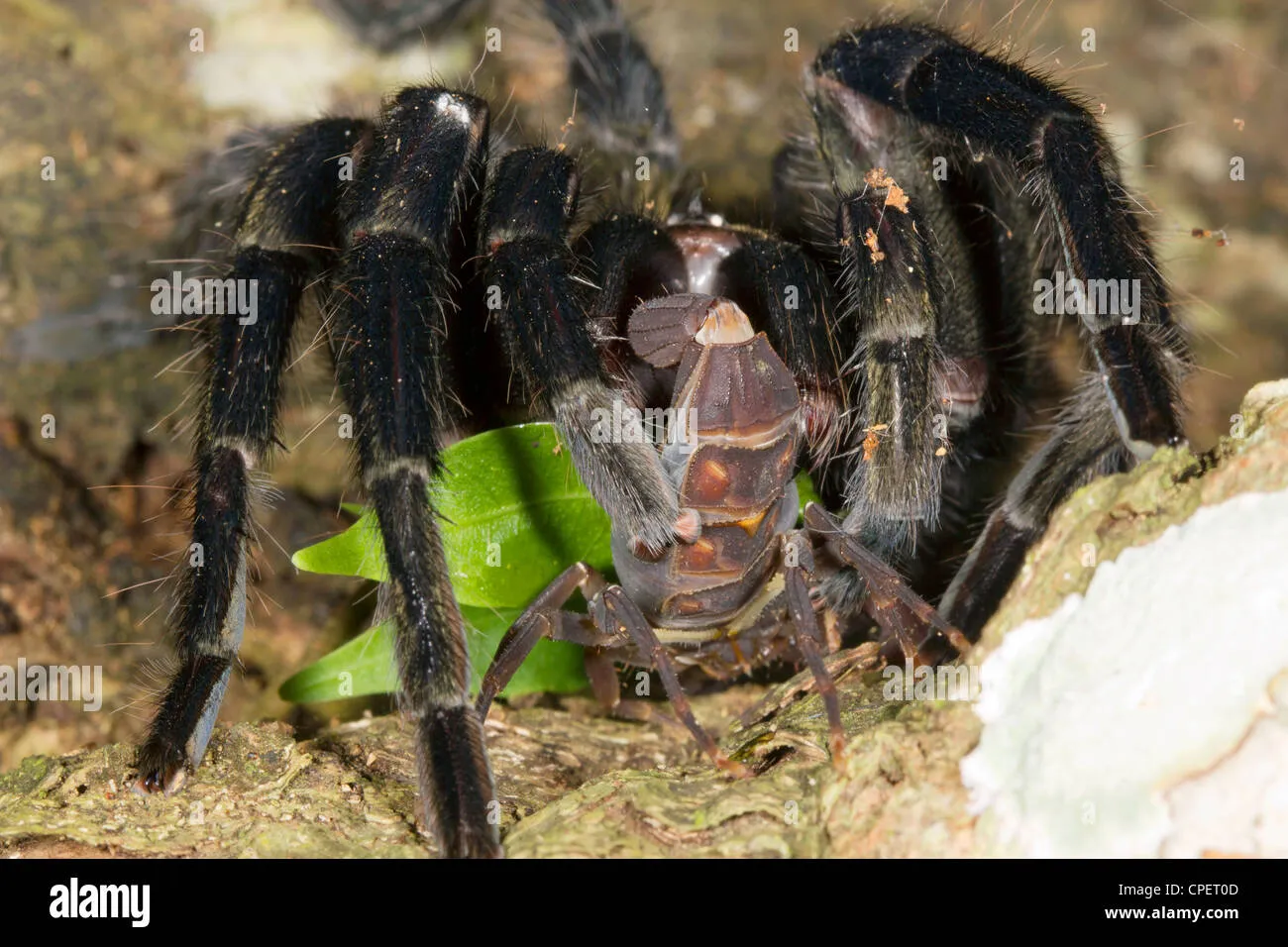What is the Best Food for Baby Tarantulas
Feeding a baby tarantula can seem daunting, but with the right information, it’s a straightforward process. The key is understanding their dietary needs and providing appropriately sized food items. Baby tarantulas, or spiderlings, require a diet rich in protein and nutrients to support their rapid growth. This article will explore the top food choices for baby tarantulas, ensuring your tiny arachnid thrives. Proper feeding is crucial for their health, longevity, and successful molting cycles. Remember to always research the specific species of tarantula you own, as their dietary needs can vary slightly. This guide provides a general overview suitable for most common pet tarantula species.
Crickets
Crickets are a staple food for many baby tarantulas due to their accessibility and nutritional value. They are relatively easy to obtain from pet stores or online suppliers and are a good source of protein and chitin, which aids in exoskeleton development. Crickets are also relatively easy for tarantulas to catch, providing an opportunity for natural hunting behavior. However, it’s important to gut-load the crickets before feeding them to your tarantula, ensuring they are packed with essential vitamins and minerals. This enhances the nutritional value of the meal for your spiderling.
Nutritional Value of Crickets
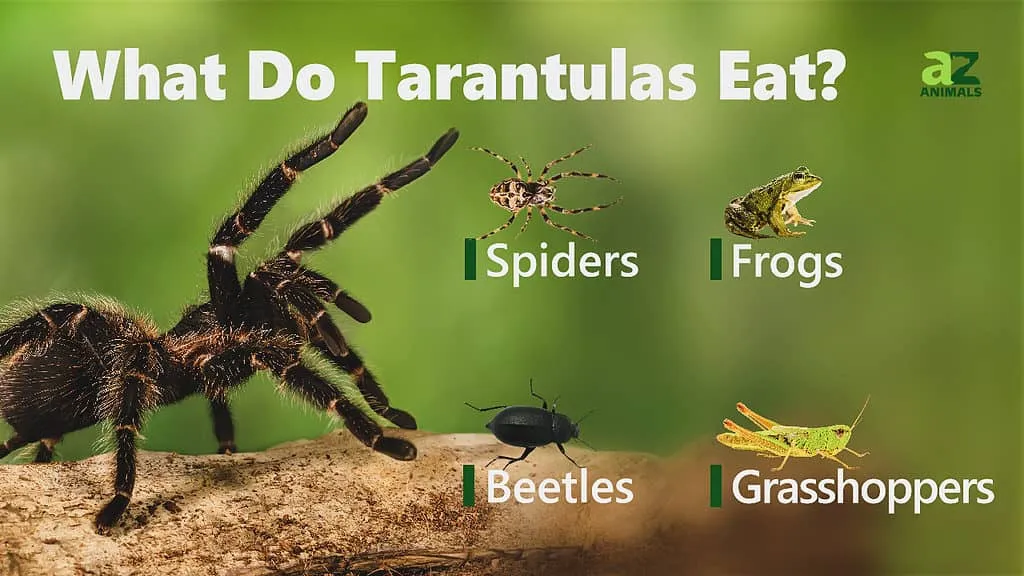
Crickets offer a good balance of protein, fat, and essential nutrients. They are a source of chitin, which is vital for the molting process of tarantulas. They also contain vitamins and minerals, which are enhanced when you gut-load the crickets. The specific nutritional profile will vary depending on the cricket’s diet. The goal is to provide a well-rounded diet to your baby tarantula, which ensures they grow up strong and healthy. Ensure the crickets are healthy and free from parasites before feeding them to your tarantula.
How to Feed Crickets to Your Tarantula
The size of the cricket is crucial when feeding a baby tarantula. It should be no larger than the tarantula’s carapace (the top part of its body). Use tweezers to offer the cricket to your spiderling. Some tarantulas are eager hunters and will readily grab the cricket. If the tarantula is not interested, you can leave the cricket in the enclosure for a short time, but remove it if it’s not eaten within 24 hours to prevent stress to the tarantula. It’s also helpful to crush the cricket’s head to prevent it from hiding and potentially harming the tarantula during molting.
Mealworms
Mealworms are another popular choice for baby tarantulas. They are readily available and easy to store. Mealworms provide a good source of protein, but they have a higher fat content than crickets. This is something to consider when planning your feeding schedule. They can be a convenient option, but it’s important to ensure the mealworms are fresh and healthy. Overfeeding mealworms can lead to health problems. Always monitor your tarantula’s condition and adjust the feeding frequency accordingly.
Nutritional Value of Mealworms
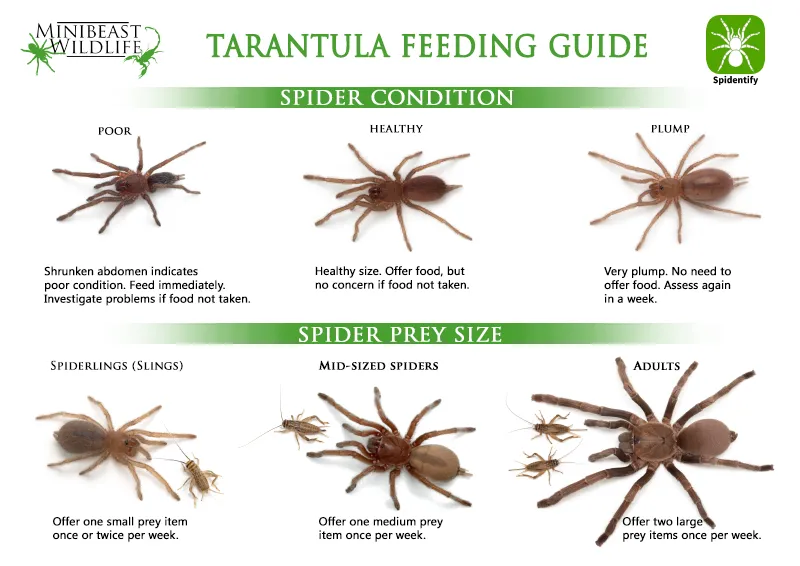
Mealworms are high in protein and fat, which helps promote tarantula growth. However, their high-fat content means they should be offered in moderation. They also contain essential nutrients, but these can be supplemented by gut-loading the mealworms before feeding them. It is important to ensure the mealworms are healthy and free of parasites. The nutritional balance is essential for the tarantula’s overall health, and a varied diet helps to prevent nutritional deficiencies. Consider mealworms as a supplemental food rather than the primary source.
Feeding Mealworms to Your Tarantula
Similar to crickets, the mealworm size should be appropriate for your baby tarantula, which usually means no larger than the carapace. You can offer mealworms to your tarantula using tweezers. Since mealworms can burrow, it’s often beneficial to place them directly in front of the tarantula to encourage feeding. Remove any uneaten mealworms within a day to avoid stress and potential harm to the tarantula. Mealworms are a good option, but should be balanced with other food options to prevent a diet high in fats.
Roaches
Roaches, such as Dubia roaches, are a highly nutritious option for baby tarantulas. They are packed with protein and are less fatty than mealworms. Roaches are relatively easy to keep, breed, and feed. They also make for a cleaner option than crickets, as they do not jump or make noise. They’re a good source of chitin and have a balanced nutritional profile, which is great for tarantula growth. The main downside of using roaches is that it takes more effort to set up a breeding colony.
Nutritional Value of Roaches
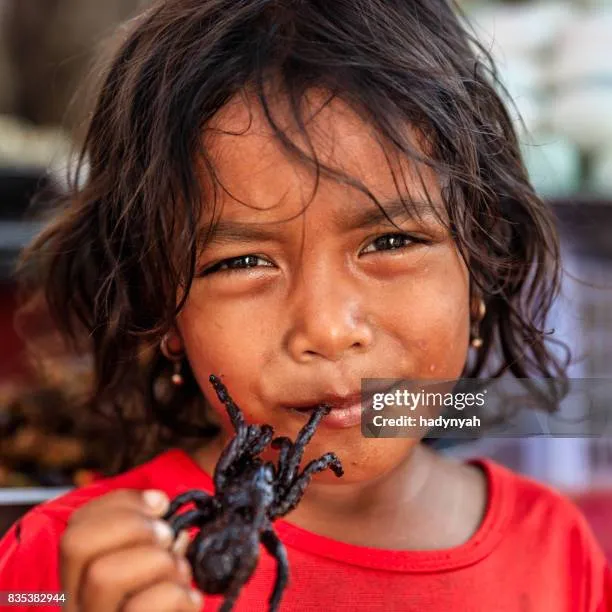
Roaches are a powerhouse of nutrients, boasting high protein content and a favorable fat-to-protein ratio. They are rich in essential amino acids and minerals, contributing to the overall health of the tarantula. The nutritional content of roaches is excellent for tarantula growth and development. Make sure the roaches you feed are well-fed and are not exposed to pesticides or other chemicals that could harm your tarantula.
Feeding Roaches to Your Tarantula
The feeding method for roaches is similar to crickets and mealworms. The size should be appropriate for the tarantula; the roach should be no larger than the tarantula’s carapace. Use tweezers to offer the roach. Baby tarantulas may be intimidated by large roaches, so starting with smaller nymphs is often a good approach. Remove any uneaten roaches within 24 hours to prevent them from potentially harming the tarantula. Always monitor your tarantula’s feeding response to determine the right amount of food.
Other Food Options
While crickets, mealworms, and roaches are the most common choices, other food options can be beneficial for baby tarantulas. Varying the diet ensures your tarantula gets a wide range of nutrients. The goal is to provide a balanced diet that supports the tarantula’s health and molting process. Supplementing with other types of food also provides enrichment, stimulating natural hunting behaviors and preventing boredom.
Fruit Flies
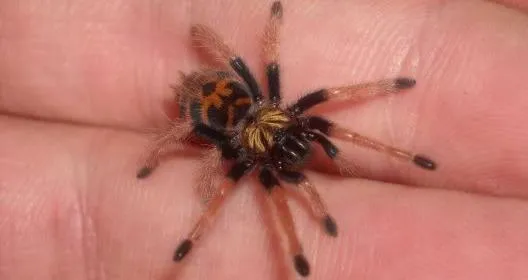
Fruit flies are an excellent choice for very small spiderlings. They’re tiny, making them easy for the tarantula to catch and eat without difficulty. Flightless fruit flies are especially ideal, as they can’t escape. Fruit flies are an easy and readily available food option for younger tarantulas, especially if the tarantula is newly hatched. Fruit flies are a supplemental food option to provide variety and stimulate hunting.
Why Fruit Flies
Fruit flies are suitable for the smallest spiderlings, making them a great first food. They are soft-bodied, meaning the spiderling doesn’t have to work too hard to consume them. They’re packed with nutrients, although not as rich as other options like crickets or roaches. Flightless fruit flies are especially safe because they are easy to manage within the enclosure. This prevents any risk of them escaping and potentially causing stress to the tarantula.
Feeding Fruit Flies
You can simply release a few fruit flies into the tarantula’s enclosure. Ensure the enclosure is properly ventilated to prevent mold and mites. You can use a small dish or a piece of paper to place the fruit flies. Watch to ensure the spiderling consumes them. Remove uneaten fruit flies after a day or two. This is especially important to maintain a clean environment. Do not overfeed fruit flies, as the goal is to feed the tarantula and not breed the fruit flies in the terrarium.
Pre-killed prey
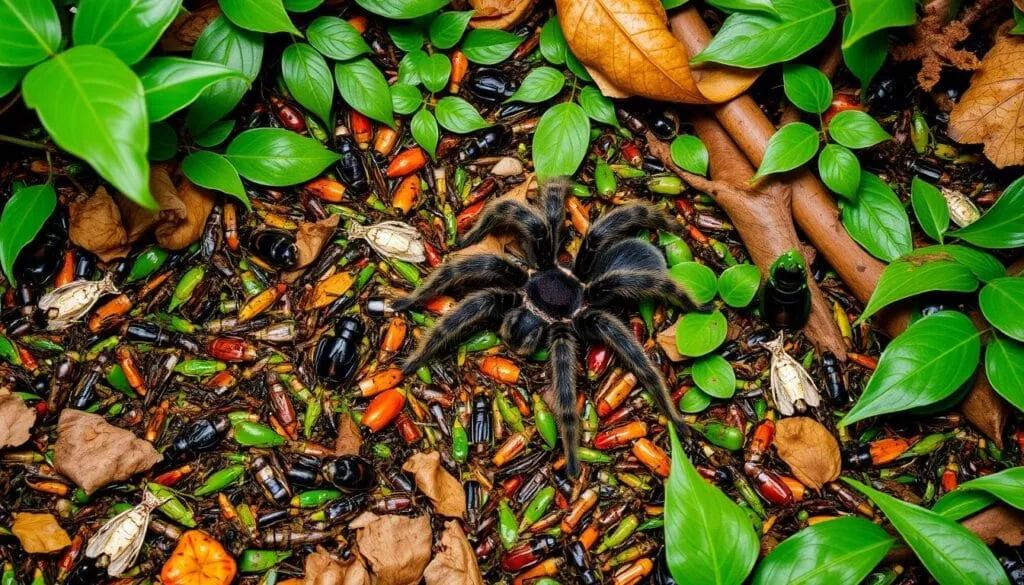
Pre-killed prey is a safe option, especially for baby tarantulas that may be hesitant hunters. This involves providing insects that have been killed beforehand. It avoids the risk of the live prey biting or harming the spiderling. It is a good option if you find that live prey is causing too much stress to the tarantula. This method requires you to source the prey and ensure they are properly stored before feeding. Pre-killed prey is a convenient option for both the tarantula and the owner.
Benefits of Pre-killed prey
The main advantage is that it minimizes the risk of injury to the tarantula from live prey. Some prey can potentially injure a tarantula, especially during molting. Pre-killed prey also allows you to carefully control the amount of food your tarantula receives. It makes it easier to monitor your spiderling’s feeding habits and adjust accordingly. Pre-killed prey provides a less stressful feeding experience. It makes sure the tarantula gets the needed nutrition.
How to Feed Pre-killed prey
Use tweezers to offer the pre-killed prey to your tarantula, positioning it near the spiderling. You may need to gently encourage the tarantula to take the food. Do not leave the prey in the enclosure for longer than a day to avoid issues. Always ensure the prey is fresh and of appropriate size. Pre-killed prey offers a practical, controlled feeding method that supports the tarantula’s health and promotes a safe environment.
Choosing the Right Food
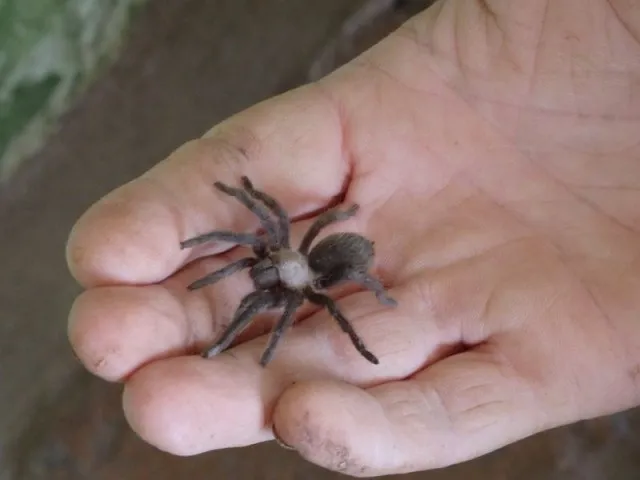
Choosing the right food for your baby tarantula requires considering several factors. The tarantula’s species, size, and the availability of food sources are all essential to a well-balanced diet. You should vary the diet and observe your tarantula’s feeding habits. Always research your specific species to determine their preferred diet and feeding frequency. The goal is to provide a diet that meets the tarantula’s nutritional needs and promotes healthy growth.
Size Matters
The size of the food should always be appropriate for your baby tarantula. As a general rule, the prey should be no larger than the tarantula’s abdomen. Overfeeding can lead to health problems, and food that is too large can stress the spiderling. For smaller spiderlings, start with smaller prey like fruit flies or pinhead crickets. This ensures easy consumption and reduces the risk of injury. Monitoring the tarantula’s growth allows you to adjust the prey size accordingly.
Frequency of Feeding
The feeding frequency depends on the age and growth stage of the tarantula. Baby tarantulas can be fed more frequently, usually every other day or every three days. Monitor the tarantula’s abdomen. If it’s noticeably plump, you can reduce the frequency. Adjust the frequency as needed based on the tarantula’s activity level and appetite. Always ensure the tarantula has a steady supply of fresh water. Regular observation and adjustments are key to a healthy feeding schedule.
Food Safety and Hygiene
Maintaining food safety and hygiene is crucial to prevent the spread of disease and ensure your tarantula’s health. It is important to source your food from reputable suppliers. Always quarantine new prey for a few days before feeding them to your tarantula. Remove any uneaten food within 24 hours to prevent the buildup of waste and mold. Regularly clean the enclosure and remove any old food to maintain a healthy environment for your baby tarantula. Proper hygiene practices are an important part of tarantula care.
In conclusion, providing the best food for your baby tarantula is essential for its growth and well-being. Crickets, mealworms, and roaches are the most popular options, each offering different nutritional profiles and ease of use. Other choices such as fruit flies and pre-killed prey offer versatility for small tarantulas. Always prioritize food size, feeding frequency, and hygiene. By following these guidelines, you’ll ensure your baby tarantula thrives and enjoys a long, healthy life. Remember, responsible pet ownership includes providing the best care possible, starting with a nutritious diet and a clean environment.
